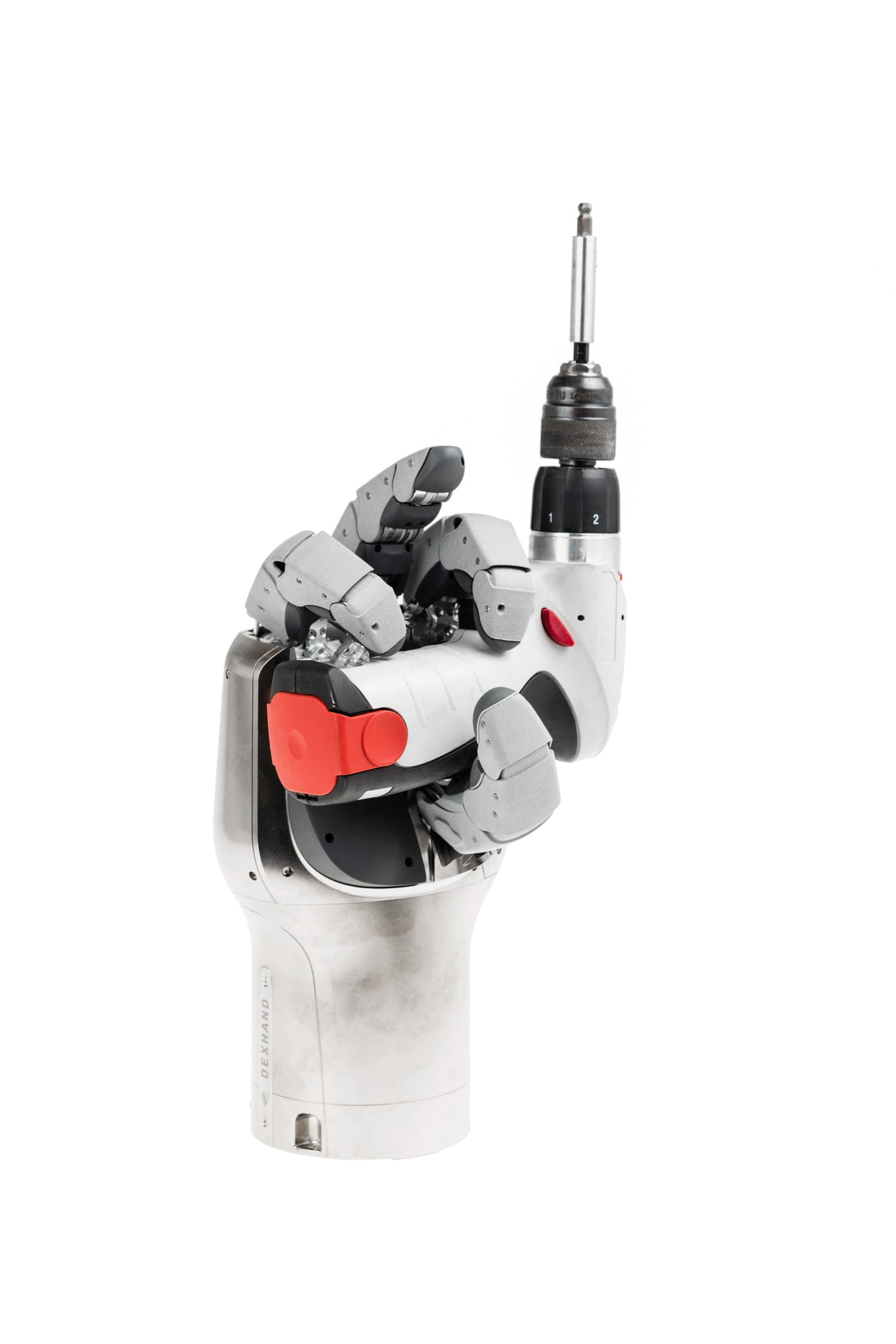Space Symposium 2017 in Colorado Springs
At the Space Symposium in Colorado Springs from April 3 to 6, 2017, representatives of industry, science and policymaking from around the world discussed the current and future developments in global space travel. In addition to representatives from German ministries, the German Aerospace Center (DLR) was on site in the persons of Chair of the Executive Board Pascale Ehrenfreund, and the Executive Board members Gerd Gruppe and Hansjörg Dittus. The symposium is held by the Space Foundation.
“This year, the Space Symposium again offered great opportunities for international exchange,” said Pascale Ehrenfreund, chair of the DLR board, “The planning and implementation of joint missions and projects in space travel are not only the road to success, but also serve as an example of cooperation in a world full of challenges.”
The leaders of space travel agencies from 15 nations spoke this year at a meeting at the 33rd Space Symposium. In addition to Pascale Ehrenfreund, they included Igor Komarov, Head of Roscosmos, Jean-Yves Le Gall, chairman of the French space agency CNES, Jan Wörner, director general of ESA, and Sylvain Laport, head of the Canadian space agency CSA. Their views and opinions on the current developments and the future requirements for the exploration of space as well as the use of space were unanimous. They stressed frequently that there should be even greater involvement of the public. In this context, Igor Komarov said, “We are flying to the moon and to Mars; we have to give something back to humans.” Yasuyuki Ito, associate director general Japanese Aerospace Exploration Agency, emphasized, “Space and space travel are educational tools that inspire society.”

At the DLR stand, the Institute of Robotics and Mechatronics presented the SPACEHAND. This robot hand for space travel has feedback sensors and is controlled by the user by means of tele-manipulation using the “Kinfinity Glove,” which was also presented. In the future, it could serve astronauts on the International Space Station as a tool for inspections, repairs and to collect space garbage. Therefore, the SPACEHAND has to withstand harsh conditions such as vacuum, radioactive radiation or even shock loads and has to be controlled intuitively, which is why it is the size of a glove worn by astronauts during their extravehicular activities.
The SPACEHAND is scheduled to repair satellites and other objects starting in 2021 on the RSGS mission of DARPA, NRL and SSL.
The CAESAR and KONTUR-2 projects were also presented.
